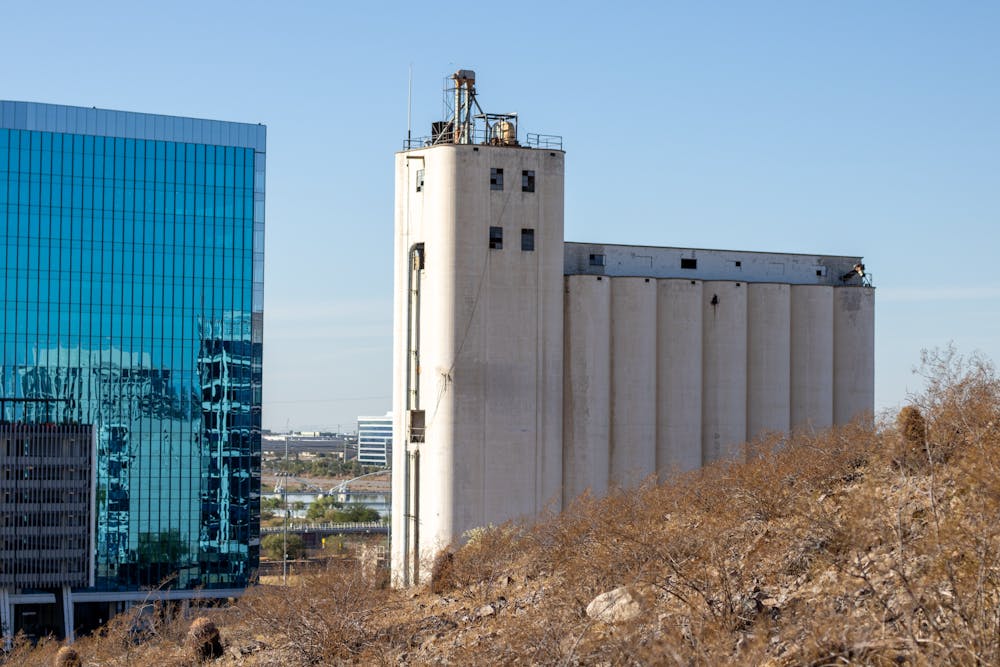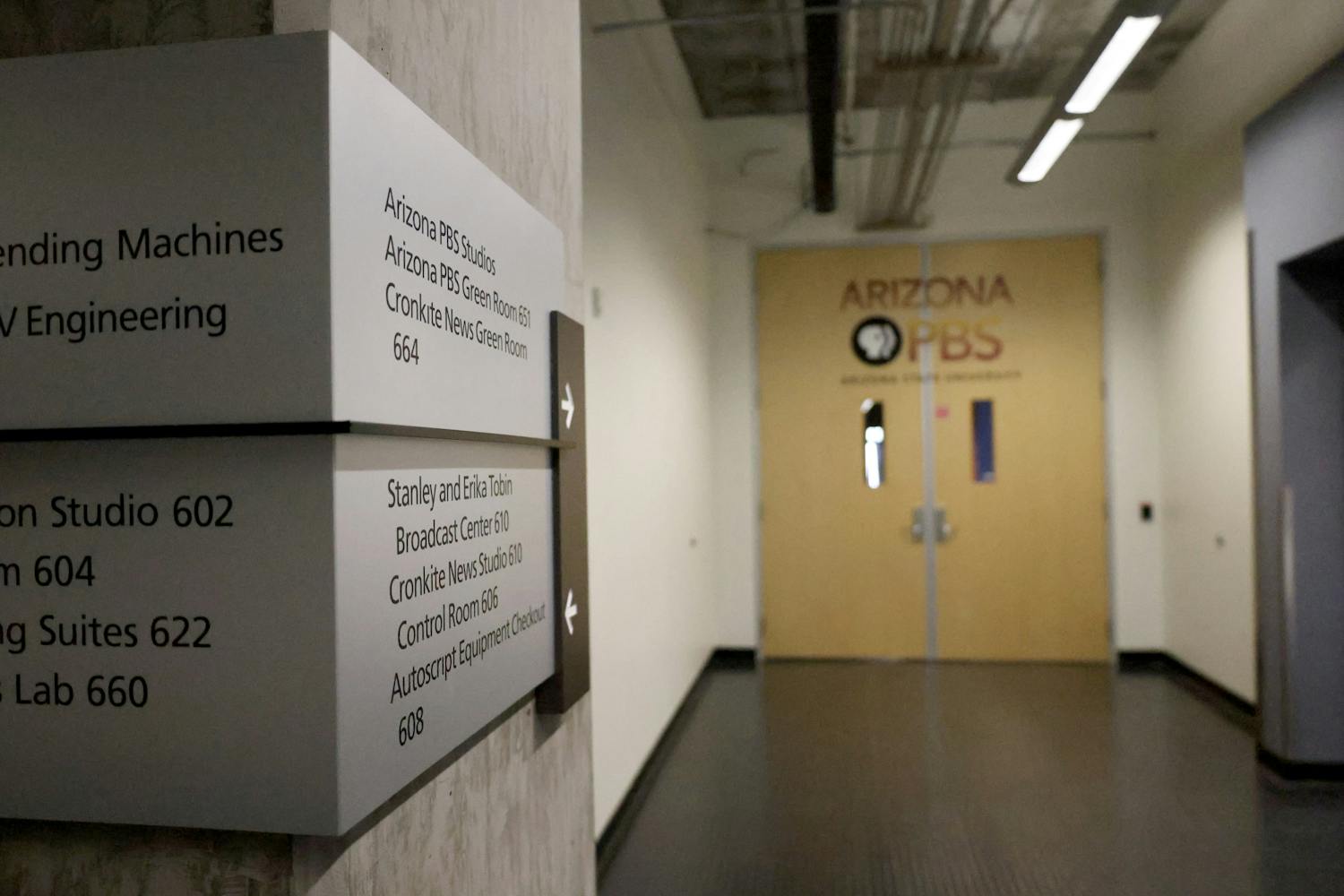Tempe has approved an agreement to preserve the Hayden Flour Mill and develop the surrounding area.
A contract was signed between Sunbelt Holdings, Venue Projects and the Tempe City Council to restore the mill in a way that preserves its historic integrity and develops the land around it. The plans were made in consultation with the Salt River Pima – Maricopa Indian Community.
"Both of them (Sunbelt Holdings and Venue Projects) have a history of working in the Valley. The new projects are adaptive, reuse of the building," said Lori Foster, the Downtown Tempe Interim President and CEO. "They have a great track record of taking a place and honoring its past and making it fit in the future without degradation."
The 60-year lease agreement will result in a restored Hayden Flour Mill, which sits on the west side of Hayden Butte, or "A" Mountain, on Mill Avenue. The restoration will also include new restaurants, shops and a public park. There will also be an improved trailhead on "A" Mountain.
Tempe will continue to own the flour mill and its land, and will receive 3% of net revenue from revenue generated by businesses in the new development, according to the agreement.
"It's a symbol of our city and it's an important touchstone of our past," said Tempe city councilmember Doreen Garlid. "We're really looking forward to it being a really strong anchor for Mill Avenue and something that visitors really want to come to."
Tempe’s Economic Development Special Projects Administrator Joshua Rutherford said the city wants the developments to highlight the mill itself, and make it the centerpiece of the area.
"Previous attempts at redevelopment kind of shadowed the mill and overtook it," Rutherford said. "This really puts the mill in the spotlight."
Rutherford said environmental and archeological investigations, cleanups and an inventory of materials in the mill must be completed before any restoration or construction can begin. He said construction should begin within two to three years, and the development should be finished within five years.
These precautionary measures were a part of Salt River Pima – Maricopa Indian Community's request to respect and honor the area's heritage. Jacob Butler, Salt River Pima – Maricopa Indian Community Councilmember, said when construction begins there is a risk that it will damage the land and bodies buried underneath.
"When they're doing development or any new construction, we always ask as a tribe that they have archaeological recovery and they do the new archaeological testing there," Butler said. "And one of the reasons we asked for that was so that we can make sure that if our ancestors are found as they were laid to rest, we can make sure that they have the ability to be honored and treated with the utmost respect."
John Southard, a member of the Tempe Historic Preservation Foundation, said it was Butler's ancestors, the O'odham people, who first developed the land thousands of years ago.
"The land itself is the land of the ancestral O’Odham who have been there since time immemorial," Southard said. "Their descendants live primarily in four communities in Arizona. They call them the four southern tribes at Salt River – Pima Maricopa Indian Community, Gila River Indian Community, Ak Chin Indian Community and Tohono O’odham Nation."
Butler said the area around the flour mill was considered to be "dead fields" until the O'odham created new techniques to work the land.
"The O’odham, whose irrigation system enabled the arid valley to be cultivated and whose skill at agricultural pursuits provided the raw materials for Charles Hayden to purchase early on and the operation of the mill," Southard said.
Although Hayden is often credited as the first to establish this site, Southard said he would not have been able to be successful without the O'odham.
Read more: An abridged history of Mill Avenue: The Hayden Flour Mill
Through the restoration of the mill and the revitalization of the trails around the mountains, Tempe hopes to further educate Tempe residents about Native American history in the Valley.
"It's our direct lineal history and relationship to the land. But as residents of Tempe and residents of Arizona, it's Arizona history," Butler said. "And so in that way, it's all of our history."
Edited by Alysa Horton, Shane Brennan and Angelina Steel.
Reach the reporters at pjhogan2@asu.edu and brenna.gauchat@gmail.com and follow @PhineasHogan and @brenngauchat on X.
Like The State Press on Facebook and follow @statepress on X.




